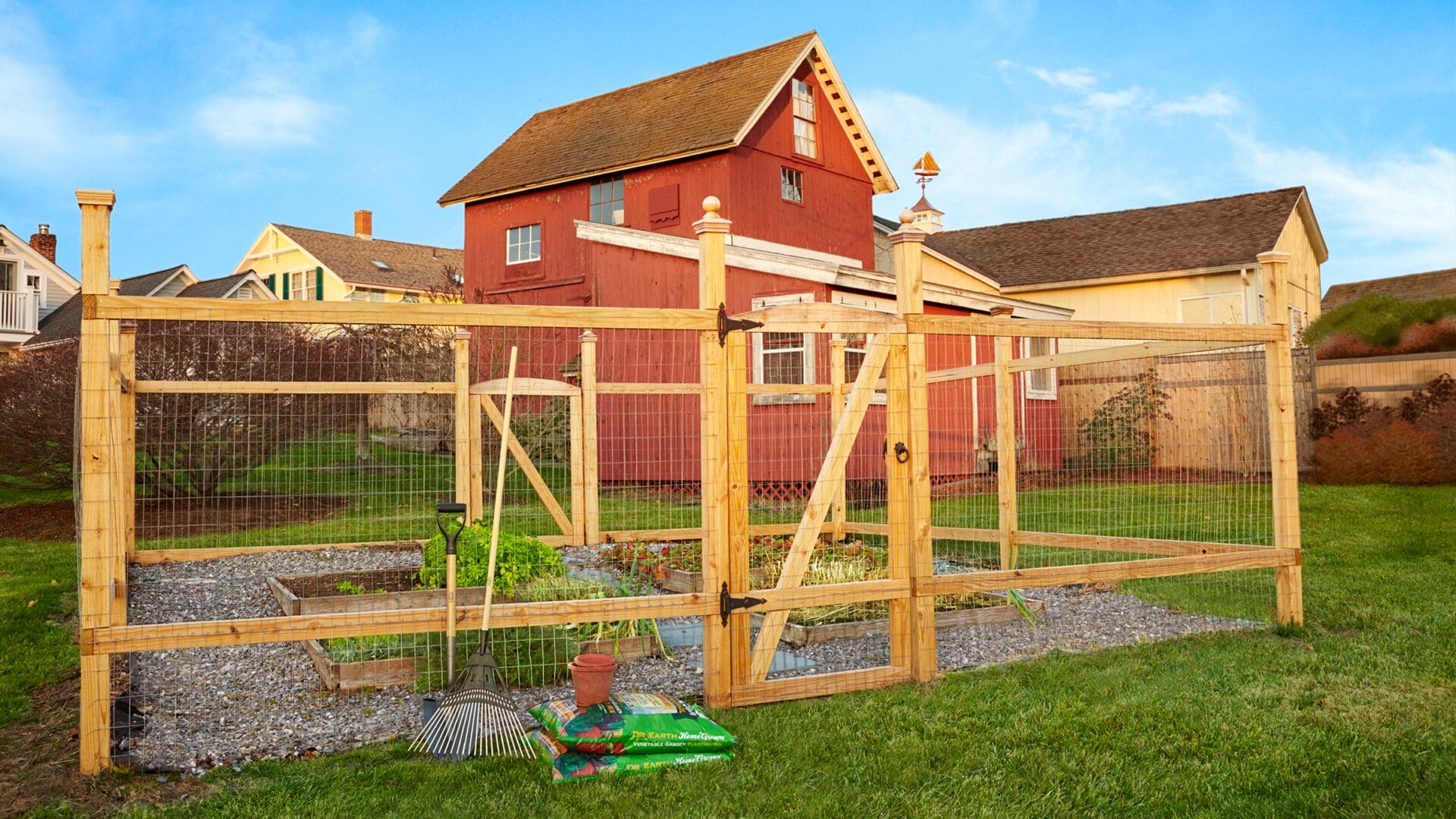
(BPT) – Whether or not your pool is closed for winter, the cooler months generally bring a period of reduced pool maintenance. However, that doesn’t mean you can forget about it altogether. Keeping up with pool maintenance through the winter can help make reopening in the spring that much easier, and it may also prevent costly damage to your pool.
Here are tips for keeping tabs on your pool during winter, even when it’s closed.
1. Take care of your pool cover

It’s important to keep your pool cover in good condition so you’ll know it’s doing its job.
- Remove standing water from the cover with a submersible cover pump to keep it from getting weighed down with rainwater or snowmelt after you close your pool. A heavy cover is more likely to fail under the strain and can fall into the pool.
- Remove leaves and fallen twigs/branches to reduce the chances of murky water entering the pool, whether due to a cover puncture, or when removing the cover at pool opening time.
- Inspect your pool cover and cover accessories for damage.
- Winter cover: Look for rips and tears, and repair or replace as needed.
- Air pillows/water bags: Make sure they’re full and functional, and replace any if damaged.
- Cover straps: If you own a safety cover, the straps should be tight and in good condition.
2. Check the pool water

Just observing your pool from the outside isn’t enough to make sure your pool will be in great shape come springtime. Keep an eye on water conditions by peeking under the cover once a month or so to inspect the water and catch potential problems early.
- Check for leaks: Low water levels can cause all sorts of problems in winter, including structural pool damage and a ruined pool cover.
- Test the water: Check to see how healthy the water is. If your pool is frozen, don’t worry about it. For temperatures below 60ºF, test the water once a month. For temps between 60–70ºF, test every two weeks. Once temperatures are consistently over 70ºF, consider opening the pool.
- Add chlorine or shock: Keep the water fresh with sanitizer. If a water test shows that Free Available Chlorine levels are above 2.0 ppm, add chlorine-free shock to oxidize the water and keep the chlorine working efficiently. If levels are lower than that, you may want to consider adding pre-dissolved granular chlorine shock or liquid chlorine to get levels back in the range of 2.0–4.0 ppm.
- Chlorine lasts longer in winter, because algae and bacteria can’t flourish in colder temperatures.
- If you add any chemicals, it’s important to circulate the water (see next section).
3. Circulate the pool water

Stagnant water is more prone to sanitization issues. To help keep your pool water in good condition while it’s closed, follow these steps to ensure an easier opening next spring.
- If you add chemicals, circulate the water to distribute them throughout the pool and prevent stains or discoloration on pool surfaces.
- Run the pump a few hours each day during colder weather if your pool equipment is still operating, such as with a partially closed or non-closed pool.
- Agitate water with a pool brush, or use a submersible pump and hose, to move water around the pool for a couple hours a month for fully winterized pools.
Need help? Leslie’s can assist with all your winter pool care needs. From free in-store water testing and water quality recommendations, to equipment inspections and installations, to pool care accessories for the season ahead, Leslie’s can help you get the most from your pool year-round. For more information, tips and resources to help keep your pool in great shape, no matter the weather, visit LesliesPool.com or find a store near you.











